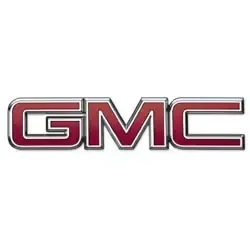GMC Envoy XUV Tire Pressure
Most common recommended tire pressure for GMC Envoy XUV can range from 30 psi to 35 psi depending on year of production, trim and OEM tire size, but it maybe different for older models. It is imperative to confirm the exact tire inflation for your GMC Envoy XUV to ensure safety on the road. Always refer to your vehicle owner's manual for the correct tire pressure designated by vehicle's manufacturer.
Select your GMC Envoy XUV production year to see its recommended tire inflation.
| Model Year | Front Tires | Rear Tires |
|---|---|---|
| 2005 GMC Envoy XUV | 30 psi | 35 psi |
| 2004 GMC Envoy XUV | 30 psi | 35 psi |
Recommended Tire Pressure for GMC Envoy XUV
Maintaining the recommended tire pressure for the GMC Envoy XUV, a versatile and rugged SUV known for its unique blend of utility and comfort, is crucial for ensuring optimal performance, safety, and fuel efficiency. Adhering to the manufacturer's tire pressure recommendations ensures that the tires have a proper contact patch with the road, significantly enhancing handling and stability across a variety of driving conditions. This is especially vital for a vehicle like the Envoy XUV that may be used for both everyday driving and more demanding tasks like off-road adventures or towing. Proper tire inflation also plays a key role in maximizing the lifespan of the tires by preventing uneven wear, thereby reducing the likelihood of premature tire replacement. Additionally, correct tire pressure is a pivotal factor in improving fuel economy; under-inflated tires can increase rolling resistance, which means the engine must work harder to move the vehicle, leading to increased fuel consumption. Regularly checking and adjusting the tire pressure on your GMC Envoy XUV not only safeguards your investment but also provides a safer and more efficient driving experience.

All listed guides, data and/or calculations are for informational purposes only. TirePressure.com does not warrant or make any representations regarding the accuracy of or the results of the use of this information. Always refer to vehicle owner's manual for the correct tire pressure configuration.